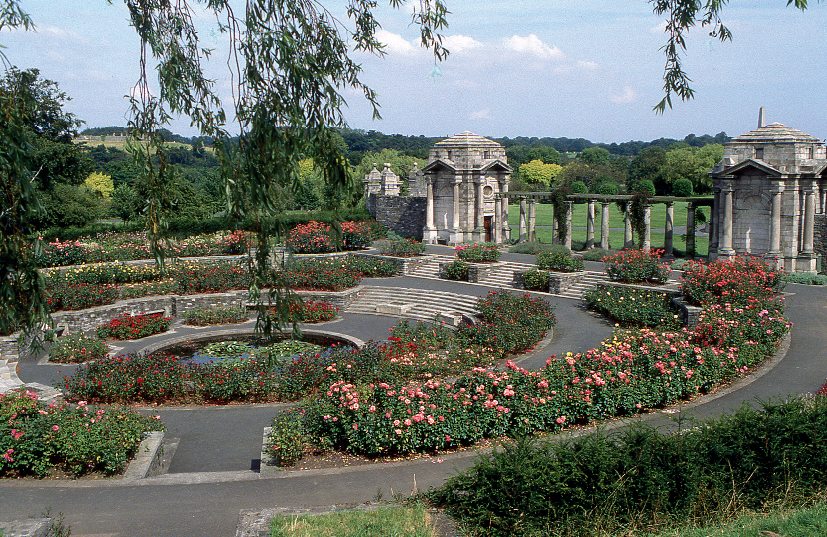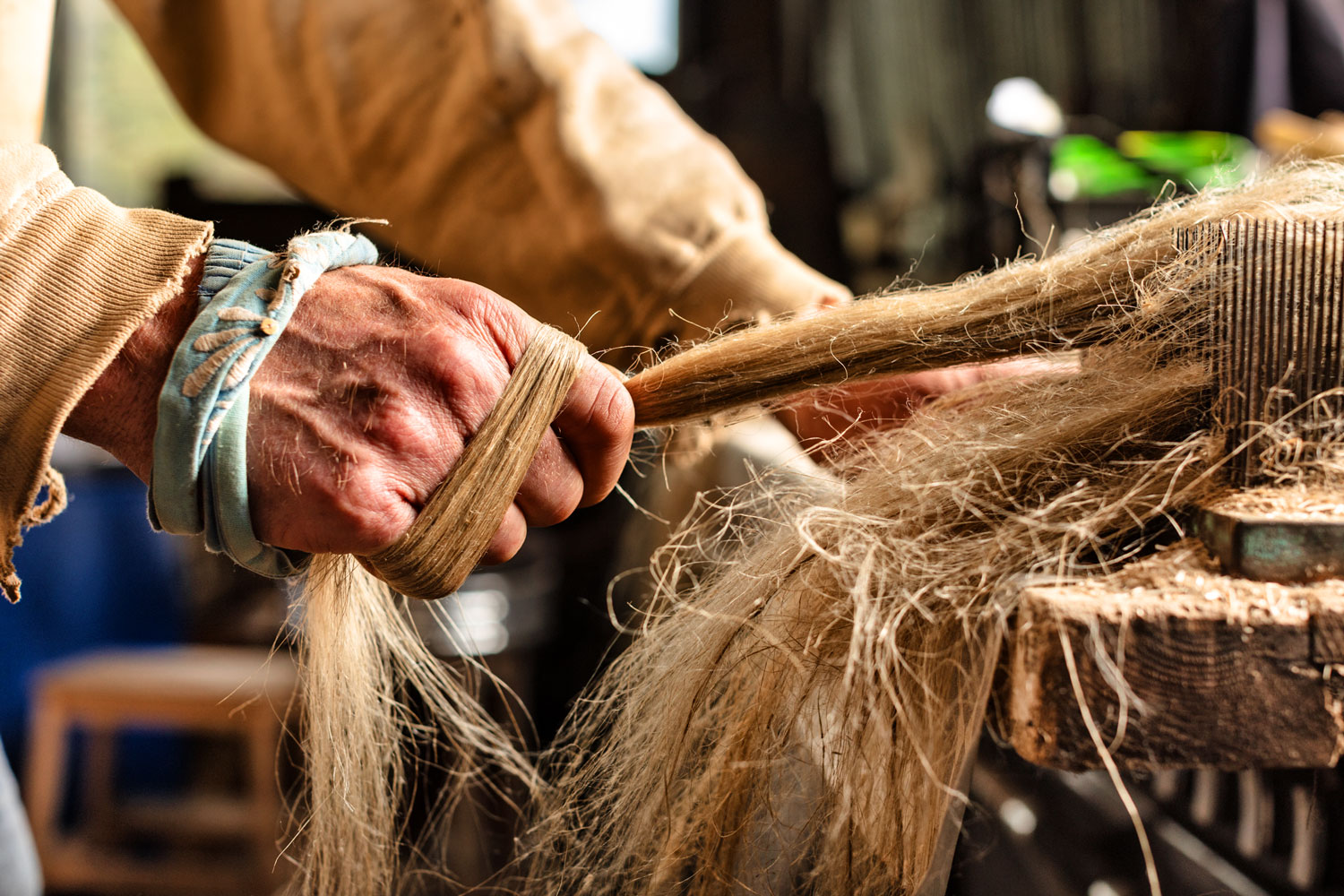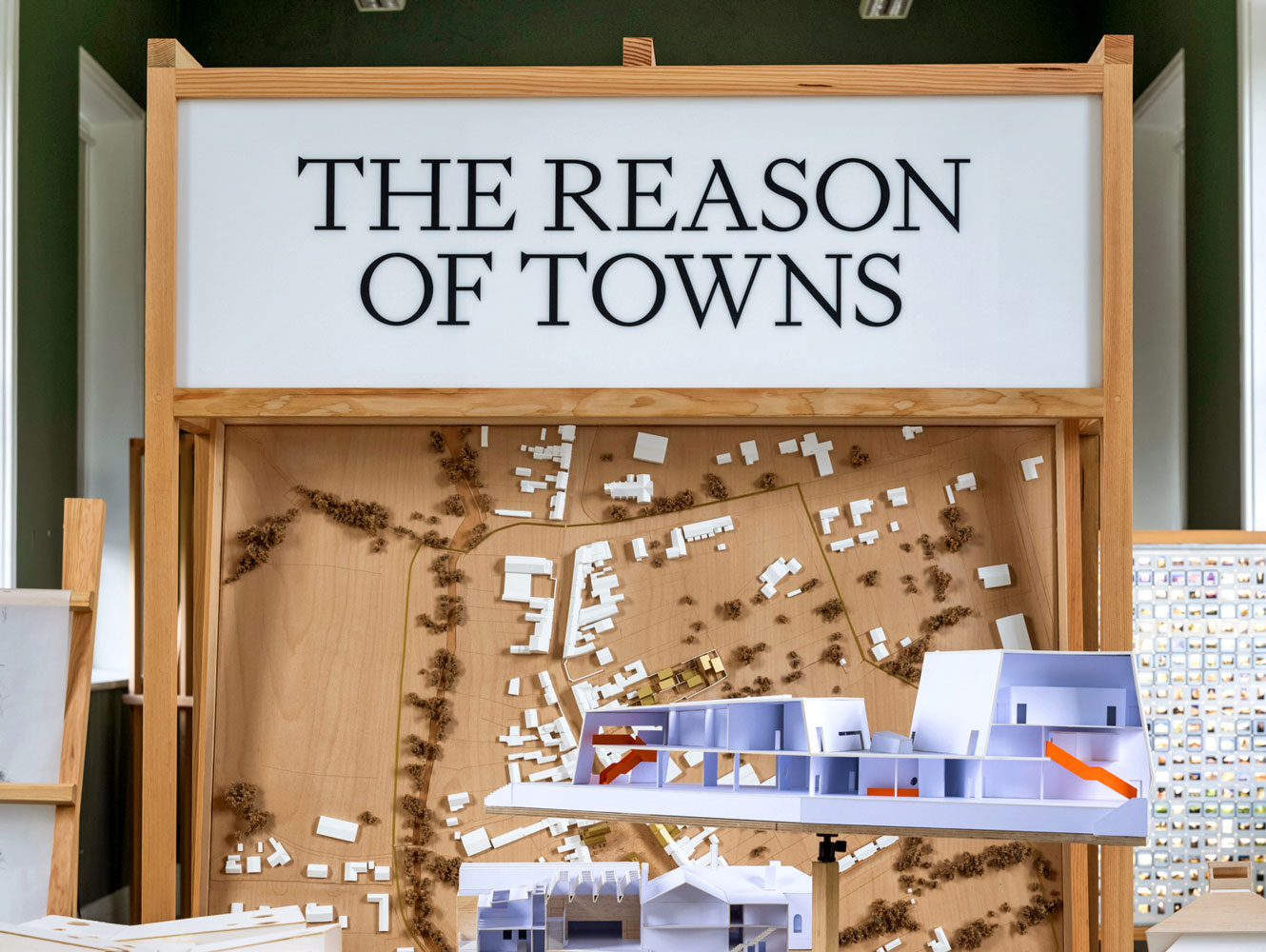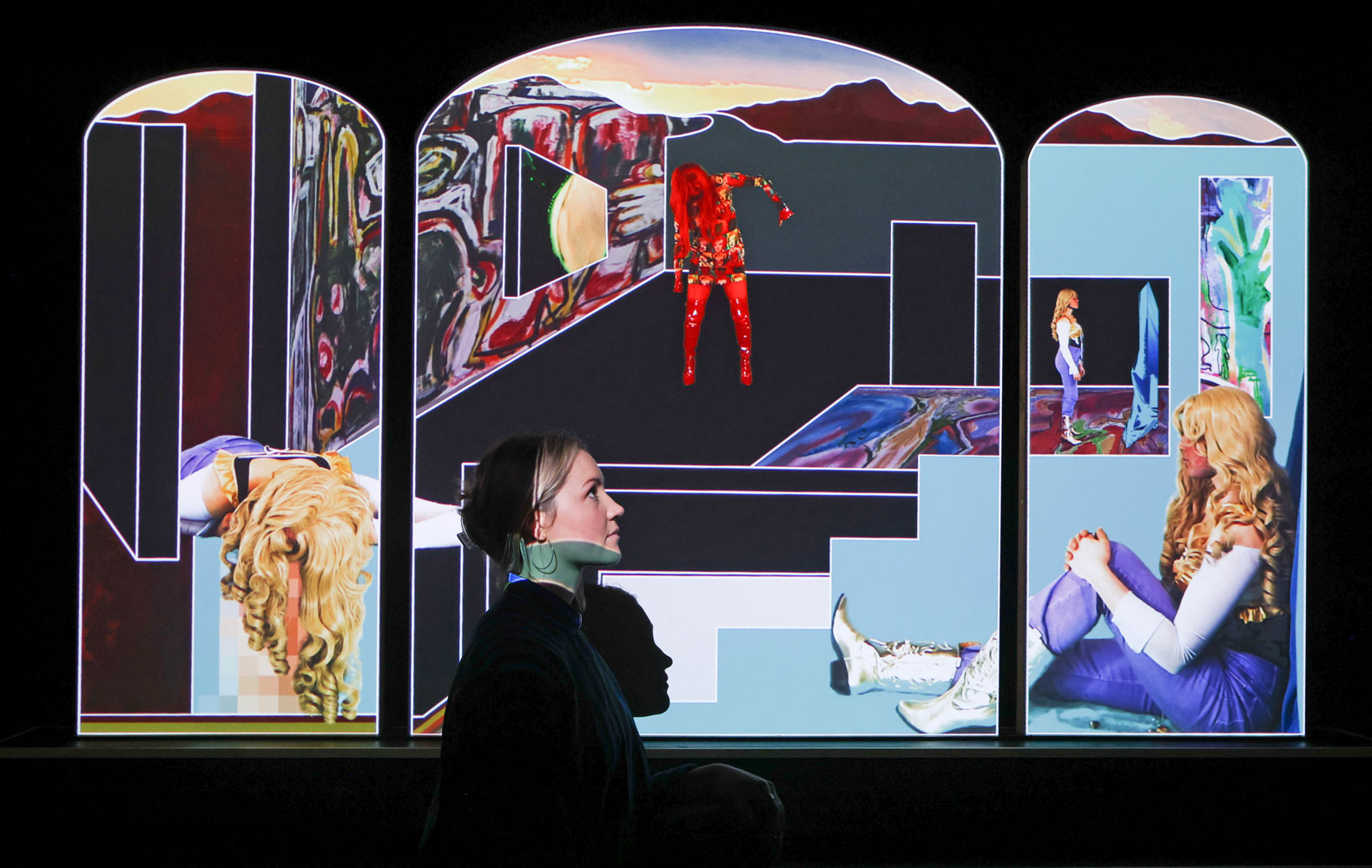
The Irish national war memorial Gardens © National Monuments Service Dept. of Arts, Heritage and the Gaeltacht
The Arts Council failed to select a single piece of sculpture from the 258 submissions it received (and subsequently financed) for nine projects to commemorate 1916. Any one such monumental sculpture might have permanently enhanced, for instance, the city’s most remarkable and most beautifully sited public park – which is now called the Irish National War Memorial Gardens at Islandbridge. Unfortunately, relatively few Dubliners have ever visited this park, which covers almost 60 acres and is bounded on one side by the full-flowing River Liffey and is dominated on the other by the Memorial Gardens on Kilmainham Hill. These comprise the extensive central campus, which is flanked on two sides by elaborately terraced gardens and memorial architecture designed by Edwin Lutyens in the 1930s. In the centre of the campus is a plain granite stone that certainly does not lack dignity. But a larger monumental sculpture would be more in scale with the setting. Ancient chronicles of Dublin describe this site as the camping place of Brian Boru and his army before the Battle of Clontarf on 23 April 1014. The gardens are dedicated to ‘the memory of the 49,000 Irish soldiers who gave their lives in the Great War 1914-1918’ but the memory of wartime slaughter right here goes back a full thousand years!
The other Garden of Remembrance is in Parnell Square, Dublin and commemorates ‘all those who gave their lives in the cause of Irish Freedom’. This is said to include all those killed in the rebellions of ‘1798/1803/1848/1867/1916 and the 1919-21 Irish War of Independence.’ The Garden was designed by Dublin Corporation architect Daithi Hanly and is certainly enhanced by Oisín Kelly’s statue of the Children of Lir, symbolizing rebirth and resurrection.
Probably even fewer Dubliners (except politicians) have ever visited the much smaller Arbour Hill memorial to the executed leaders of 1916, fourteen of whom are buried here. On one long wall, Michael Biggs very cleverly carved the entire wording of the 1916 Proclamation.
All those commemorated in these three centres shared one thing in common: they were all unfortunate victims of war. Every one of them had a different motivation for taking up arms. Every one of them thought they were fighting for their country. Wouldn’t it be a bright idea in this centennial year of the Republic to move the celebration and commemoration of ALL Irish victims of war (including Brian Boru’s men) from now on to the magnificent setting of the Islandbridge Park?

Photography’s power to influence our perception of the natural world and its fragility has been gaining impact with the rise in awareness of climate change.

Touring Ireland over the past six months, ‘The Reason of Towns’ celebrates the design qualities of Irish towns and aims to motivate people to choose them as a place to live.

The winner of the 2024 RDS Taylor Art Award, given to the most promising emerging visual artist of the year in Ireland and worth €10,000, is Sorcha Browning.